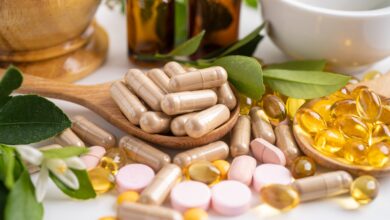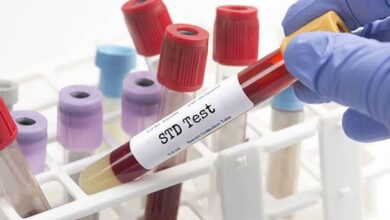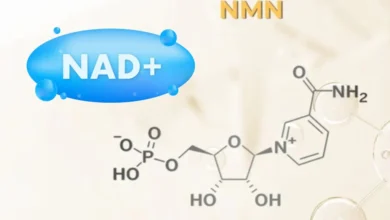
Technologies Used to Pasteurize Dairy Products
In order to ensure the safety of dairy products, many countries have mandated the pasteurization of milk. Pasteurization is the process of heating milk to a high temperature for a short period of time in order to kill any harmful bacteria that may be present. Several different technologies can be used to pasteurize milk, and each has its own advantages and disadvantages.
Table of Contents
How Dairy Products are Pasteurized
To ensure the safety of dairy products, milk is pasteurized. This process kills bacteria that can cause food poisoning or other illnesses. There are three main types of pasteurization: high-temperature short time (HTST), low-temperature long time (LTLT), and batch. All three types of pasteurization work by heating the milk to a specific temperature for a certain amount of time. Read on to learn more about the different types of pasteurization and how they work to keep your family safe.
Flash Pasteurization
Flash pasteurization is the most commonly used type of pasteurization for dairy products. Milk is heated to a high temperature (about 161 degrees Fahrenheit) for a short period of time. The milk is then cooled back down to below 39 degrees Fahrenheit. The advantage of flash pasteurization is that it preserves more nutrients in milk than other types of pasteurization. High temperatures can cause changes in the flavor and texture of milk.
Ultra-High Temperature (UHT) Pasteurization
UHT pasteurization uses even higher temperatures than flash pasteurization (around 275 degrees Fahrenheit). The milk is heated for a very short period (less than one second) and then cooled rapidly. UHT pasteurized milk has a shelf life of six to nine months, which is much longer than milk that has been flash pasteurized. However, UHT milk has a very different flavor and texture than fresh milk, and some people do not like the taste.
Continuous Flow Micro-Filtration (CFMF)
CFMF is a relatively new technology that is beginning to be used for the pasteurization of milk. Milk is pumped through a series of filters at high pressure. The filters remove any bacteria or other contaminants from the milk. CFMF does not change the flavor or texture of milk and does not require the use of high temperatures. However, CFMF is a prolonged process and is, therefore, more expensive than other types of pasteurization.
High-Temperature Short Time (HTST)
HTST is the most common type of pasteurization. Milk is heated to 161 degrees Fahrenheit for at least 15 seconds. The milk is then quickly cooled down. One advantage of HTST is that it keeps the flavor of the milk the same as other methods. However, HTST can only be used for milk that will be packaged and sold cold.
Low-Temperature Long Time (LTLT)
LTLT works by heating the milk to 145 degrees Fahrenheit for at least 30 minutes. The milk is then cooled down. One advantage of LTLT is that it preserves more vitamins and minerals than other methods. However, LTLT can only be used for milk that will be packaged and sold cold.
Vat Pasteurization
Vat pasteurization is a slower process than HTST pasteurization, but it may produce a milder taste since the milk is heated to a lower temperature (145°F/63°C) for longer (30 minutes). The longer heating time also means that vat pasteurized milk will have a shorter shelf-life than HTST pasteurized milk.
Batch
Batch pasteurization works by heating small batches of milk to 182 degrees Fahrenheit for at least 16 seconds. The milk is then cooled down. One advantage of batch pasteurization is that it reduces the chance of bacterial contamination. However, batch pasteurisation can only be used for milk that will be packaged and sold cold.
The Science Behind Fresh Cream
Ever wonder how cream stays fresh in canisters like Nangs? It’s all thanks to science! Let’s take a closer look at the process.
The chemistry of food spoilage is quite complex, but in general, it can be summed up by saying that the action of microorganisms causes spoilage. These microscopic creatures are everywhere—on our food, in the air, and on our skin. When they come into contact with food, they begin to multiply and produce enzymes that break down the food’s structure, causing it to spoil.
Cream is a dairy product that is particularly susceptible to spoilage due to its high-fat content. However, a few things can be done to prolong its shelf life. One is to prevent the cream from coming into contact with oxygen. This can be done by packaging the cream in an airtight container—such as a Nang canister—or by using a cream whose containers have been flushed with nitrogen gas.
Another way to extend the shelf life of cream is to add preservatives. These are substances that inhibit the growth of microorganisms or prevent them from producing enzymes. Common preservatives used in cream include sodium benzoate, potassium sorbate, and propionic acid.
So there you have it—the science behind why cream stays fresh in canisters like Nangs! By keeping oxygen out and adding preservatives, you can help your cream last just a little bit longer. So, the next time you order your nangs delivery Melbourne, you can rest assured you’ll get it still fresh.
Conclusion
Pasteurization is a vital process for ensuring the safety of dairy products. There are several different technologies that can be used for pasteurization, each with its own advantages and disadvantages.
Flash pasteurization is the most common type of pasteurization, but ultra-high temperature (UHT)pasteurization can extend the shelf life of milk significantly. Continuous flow micro-filtration (CFMF)is a newer technology that does not change the flavor or texture of milk, but it is much slower than other methods.
HTST pasteurization is the most common type of pasteurised used for milk and dairy products. In HTST pasteurization, milk is heated to a high temperature (161°F/72°C) for a very brief period of time (15-20 seconds) before being rapidly cooled. Vat Pasteurized, on the other hand, is a slower process where the milk is heated to a lower temperature (145°F/63°C) for longer (30 minutes).








